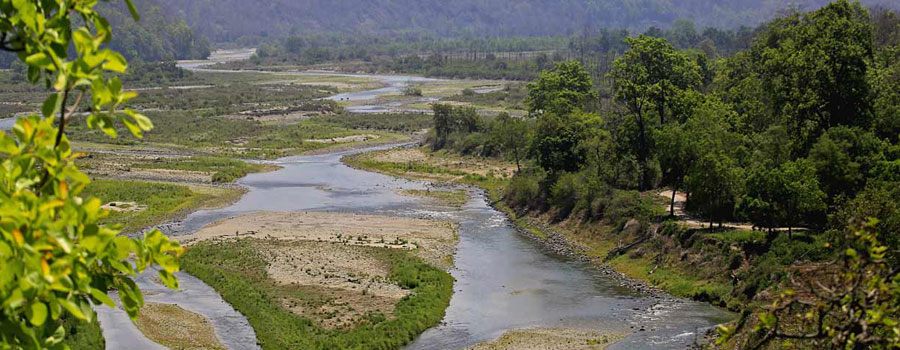Jim Corbett National Park, located in the state of Uttarakhand, India, is renowned for its diverse and captivating landscapes. Named after the famous naturalist and conservationist Jim Corbett, the park is a haven for wildlife enthusiasts and nature lovers. Here are some of the stunning landscapes you can find in Jim Corbett National Park:
